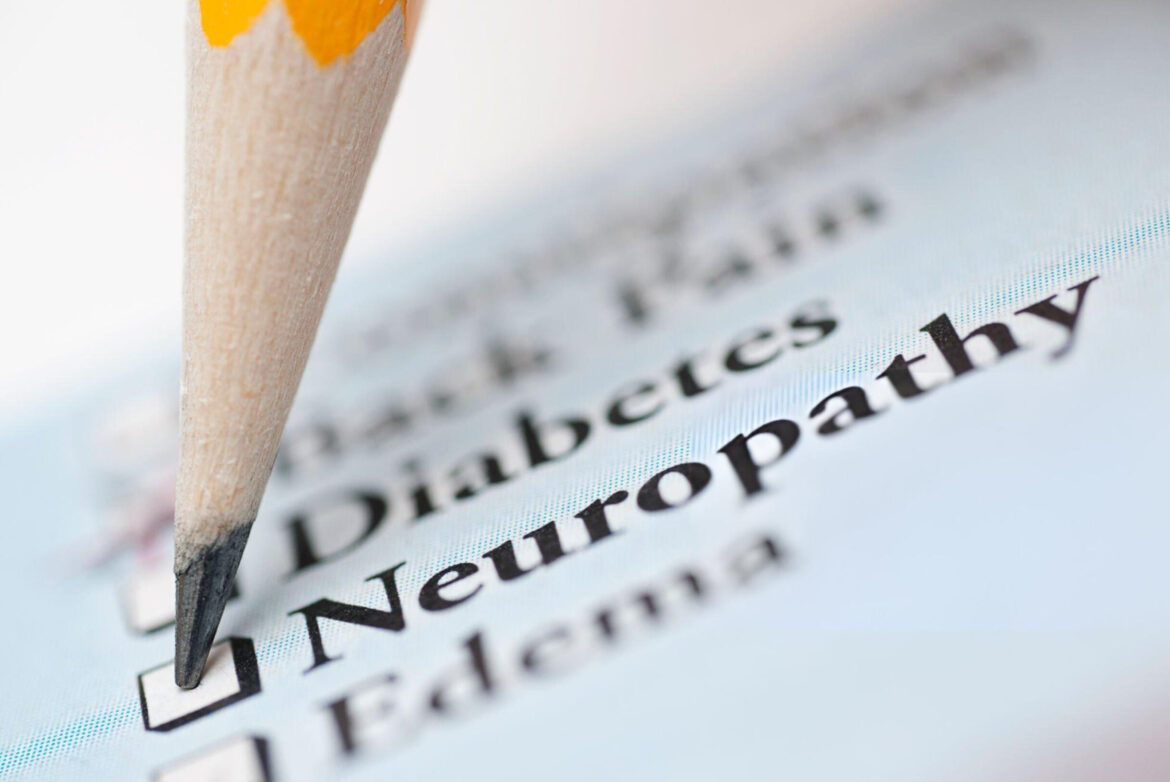Disclosing the Silent Threat: Early Signs and Symptoms of Giant Axonal Neuropathy.
Located in the bustling streets of Mohali, Brar’s Physio Care is a place of hope and healing. This wellness sanctuary is where tales of resilience, courage, and triumph unfold daily. Step inside and immerse yourself in a community that is dedicated to promoting wellness and helping people overcome physical challenges.
Picture this: amidst the challenges of life, individuals facing the silent threat of Giant Axonal Neuropathy (GAN) find solace and support in the compassionate care and expertise offered by Brar’s Physio Care, recognized as the best physiotherapist in Mohali. Here at Brar’s Physio Care, we believe in the power of holistic rehabilitation to restore mobility, function, and quality of life to those affected by neurological conditions like GAN.

Understanding Giant Axonal Neuropathy (GAN):
Giant Axonal Neuropathy (GAN) is a rare and debilitating neurological disorder characterized by progressive nerve damage, muscle weakness, and loss of sensation.
According to the National Institute of Neurological Disorders and Stroke (NINDS), GAN is caused by mutations in the GAN gene, which disrupts the normal structure and function of nerve cells, leading to axonal degeneration and neurological dysfunction. While GAN is a rare condition, affecting only a small number of individuals worldwide, its impact on those affected and their families can be profound and life-altering.
Early Signs and Symptoms of GAN:
Recognizing the early signs and symptoms of GAN is crucial for early intervention and optimal management of the condition. While symptoms may vary from person to person, common signs of GAN may include:
- Progressive muscle weakness, especially in the arms and legs.
- Loss of sensation or numbness in the extremities.
- Difficulty walking, running, or performing fine motor tasks.
- Muscle stiffness, cramping, or spasms.
- Changes in gait or coordination.
- Delayed developmental milestones in childhood.
Diagnosis and Treatment Options:
Diagnosing GAN can be challenging due to its rarity and variable presentation. A comprehensive evaluation by a neurologist or geneticist, including clinical assessment, neurological testing, and genetic testing, is essential for accurate diagnosis. While there is currently no cure for GAN, treatment focuses on managing symptoms, optimizing function, and improving quality of life. This may involve a multidisciplinary approach, including physical therapy, occupational therapy, assistive devices, and supportive care.
Holistic Rehabilitation of the Best Physiotherapist in Mohali:
At Brar’s Physio Care, we offer comprehensive rehabilitation services tailored to the unique needs of individuals with neurological conditions like GAN. Our team of experienced physiotherapists specializes in neurological rehabilitation, focusing on restoring mobility, strength, and function through personalized treatment plans.
Using advanced techniques and evidence-based practices, we help individuals with GAN maximize their potential and achieve their rehabilitation goals, one step at a time.

Our treatment for GAN includes evidence-based physical therapy techniques to improve quality of life:
At Brar’s Physio Care, we employ a comprehensive approach to treating individuals with Giant Axonal Neuropathy (GAN), utilizing evidence-based physical therapy techniques tailored to the unique needs and challenges of each patient.
While there is currently no cure for GAN, physical therapy plays a crucial role in managing symptoms, improving mobility, and enhancing quality of life. Here are some specific physical therapy techniques and evidence-based practices used at Brar’s Physio Care for individuals with GAN:
-
Strength Training and Conditioning:
We utilize strength training exercises and conditioning programs to help improve muscle strength, endurance, and motor function in individuals with GAN. We aim to optimize neuromuscular control and functional abilities by targeting specific muscle groups and motor patterns.
-
Range of Motion (ROM) Exercises:
GAN can lead to muscle contractures, joint stiffness, and reduced range of motion. We incorporate passive and active ROM exercises to help maintain flexibility, prevent muscle tightness, and preserve joint mobility.
-
Balance and Coordination Training:
Individuals with GAN often experience difficulties with balance, coordination, and postural control. We implement balance training exercises, proprioceptive training, and vestibular rehabilitation techniques to improve balance, stability, and gait mechanics.
-
Gait Training:
Gait abnormalities are common in individuals with GAN and can significantly impact mobility and independence. We focus on gait training exercises, functional mobility tasks, and assistive device training to optimize walking mechanics, improve endurance, and reduce fall risk.
-
Neuromuscular Re-education:
We employ neuromuscular re-education techniques to facilitate motor learning, proprioception, and sensorimotor integration in individuals with GAN. Through repetitive practice, biofeedback, and task-specific training, we aim to enhance motor control and functional performance.
-
Pain Management Strategies:
Chronic pain and discomfort may accompany GAN due to muscle weakness, joint abnormalities, and nerve dysfunction. We utilize pain management strategies such as manual therapy techniques, modalities (e.g., heat, cold, electrical stimulation), and relaxation techniques to alleviate pain and improve overall comfort.
-
Adaptive Equipment and Assistive Devices:
We assess the need for adaptive equipment and assistive devices to optimize independence and accessibility for individuals with GAN. This may include mobility aids, orthotics, adaptive seating, and other assistive technologies tailored to the individual’s specific needs and functional abilities.
-
Patient Education and Self-Management:
We provide education and guidance to patients and their families on home exercise programs, self-care strategies, and adaptive techniques to empower them to take an active role in their rehabilitation and ongoing management of GAN.
Brar’s Physio Care aims to maximize functional outcomes, enhance quality of life, and promote overall well-being for individuals living with GAN by integrating these evidence-based physical therapy techniques and practices into individualized treatment plans.
Our team of experienced physiotherapists is dedicated to providing compassionate care, support, and encouragement to patients and their families throughout their rehabilitation journey.

Conclusion:
In a world full of challenges and uncertainties, Brar’s Physio Care offers hope and healing for those who suffer from Giant Axonal Neuropathy (GAN). Our team of compassionate experts is dedicated to empowering GAN patients to live their lives to the fullest with dignity, independence, and resilience.
Our mission is to make a real difference in the lives of those affected by neurological conditions. We do this one treatment session, one step, and one day at a time. Join us in our mission and let us help you or your loved one overcome the silent threat of GAN.

